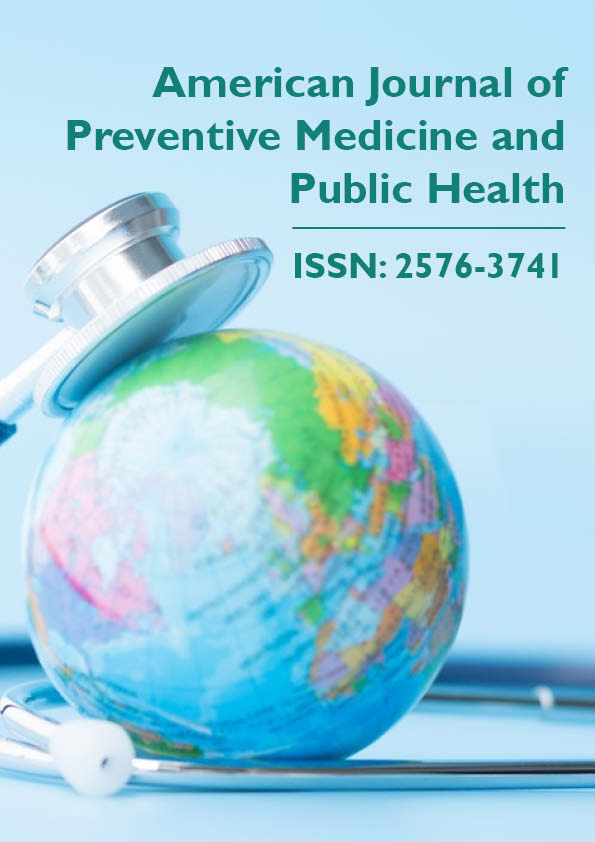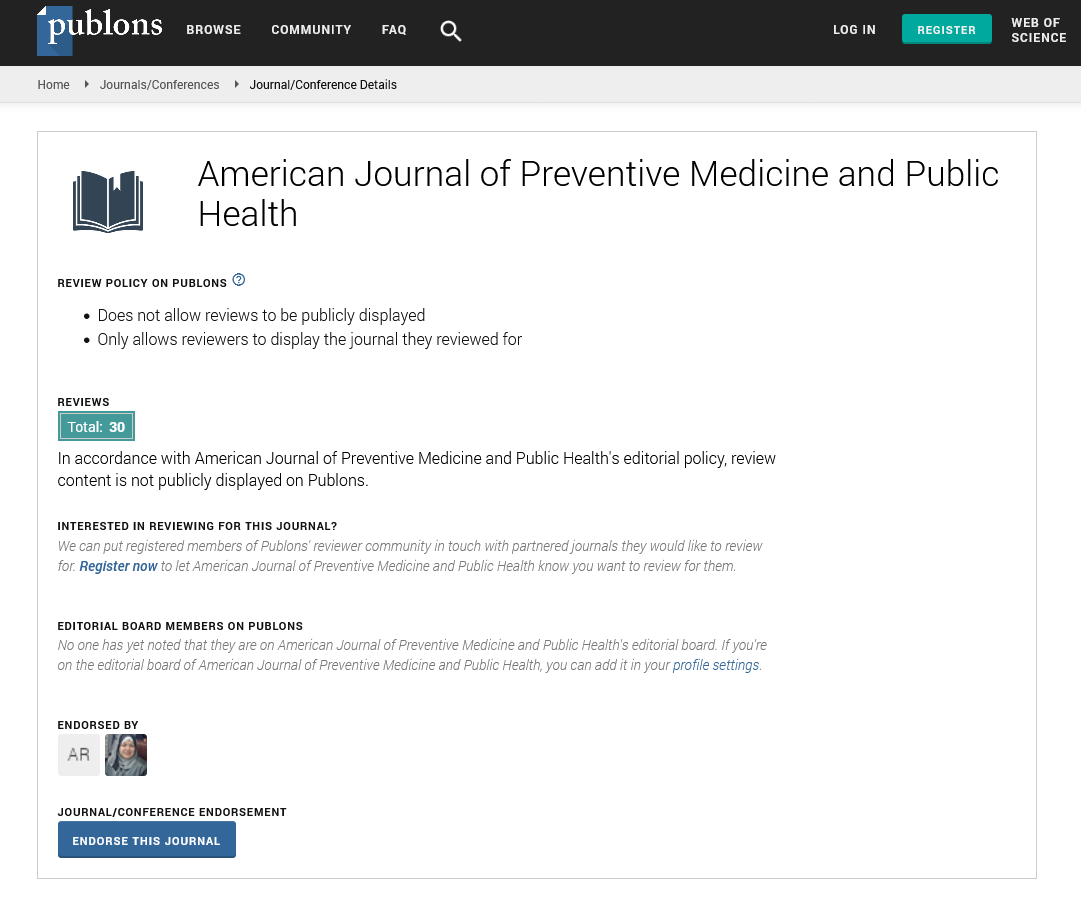Commentary - American Journal of Preventive Medicine and Public Health (2022)
Regulatory Programs of Food and Drug Administration
Andrea T Borchers*Andrea T Borchers, Medicine Staff Office, US Food and Drug Administration, Rockville, Maryland, USA, Email: borchereadm@yahoo.com
Received: 04-Apr-2022, Manuscript No. AJPMPH-22-62860; Editor assigned: 06-Apr-2022, Pre QC No. AJPMPH-22-62860 (PQ); Reviewed: 21-Apr-2022, QC No. AJPMPH-22-62860; Revised: 26-Apr-2022, Manuscript No. AJPMPH-22-62860 (R); Published: 05-May-2022
Description
The Food and Drug Administration of the United States is a federal agency under the Department of Health and Human Services. Food safety, tobacco products, dietary supplements, prescription and over-the-counter pharmaceutical pharmaceuticals (medications), and vaccinations are all under the FDA’s jurisdiction to safeguard and promote public health. Many of the regulations are unrelated to food or drugs, and include things like controlling lasers, cell phones, and condoms, as well as disease control in areas like domestic pets and human sperm provided for assisted conception.
Regulations
The programmes are influenced by the sorts of items controlled, the hazards they pose, and the regulatory authorities assigned to the agency. For instance, the FDA monitors virtually every element of prescription pharmaceuticals, including testing, manufacturing, labelling, advertising, marketing, efficacy, and safety, whereas in cosmetics, the FDA primarily oversees labelling and safety. The FDA regulates the majority of products through a set of established criteria enforced by a modest number of facility inspections. The FDA issued a statement in June 2018 outlining new guidelines to assist food and medication firms in implementing safeguards against potential assaults on the US food supply. The Intentional Adulteration (IA) rule is one of the new standards, and it requires the food industry to develop strategies and procedures to decrease the risk of compromise in facilities and processes that are particularly sensitive.
Food and dietary supplements
The Food and Drug Administration regulates food and dietary supplements under a number of statutes enacted by Congress and interpreted by the FDA. The FDA has authority under the Federal Food, Drug, and Cosmetic Act and related legislation to control the quality of substances sold as food in the United States, as well as to monitor claims made on food labels regarding composition and health benefits.
Foods, food additives, additional substances such as man-made chemicals that are not purposefully introduced into food but yet end up in it, and dietary supplements are among the substances that the FDA classifies as food. Vitamins, minerals, herbs, amino acids, and enzymes are examples of dietary supplements or dietary components. The FDA’s specific guidelines change from one category to the next. Furthermore, the FDA had been given a number of tools to address violations of criteria for a specific substance category by legislation. The FDA maintains a “Dietary Supplement Ingredient Advisory List” of compounds that may exist in dietary supplements but require more investigation. When an ingredient is barred from use in a dietary supplement, does not appear to be an approved food additive or acknowledged as safe, and/or is subjected to the requirement for pre-market notification without having met the requirement, it is added to this list.
Medical countermeasures
Medical Countermeasures (MCMs) are pharmaceuticals and biologics that can guard against or treat the health impacts of a Chemical, Biological, Radiological, or Nuclear (CBRN) assault. MCMs can also be used to diagnose and prevent symptoms related to CBRN incidents or threats. The FDA administers the “FDA Medical Countermeasures Initiative” (MCMi),which is financed by the federal government. It assists “associated” agencies and organisations in preparing for public health situations that may need the use of MCMs.
Copyright: © 2022 The Authors. This is an open access article under the terms of the Creative Commons Attribution NonCommercial ShareAlike 4.0 (https://creativecommons.org/licenses/by-nc-sa/4.0/). This is an open access article distributed under the terms of the Creative Commons Attribution License, which permits unrestricted use, distribution, and reproduction in any medium, provided the original work is properly cited.







